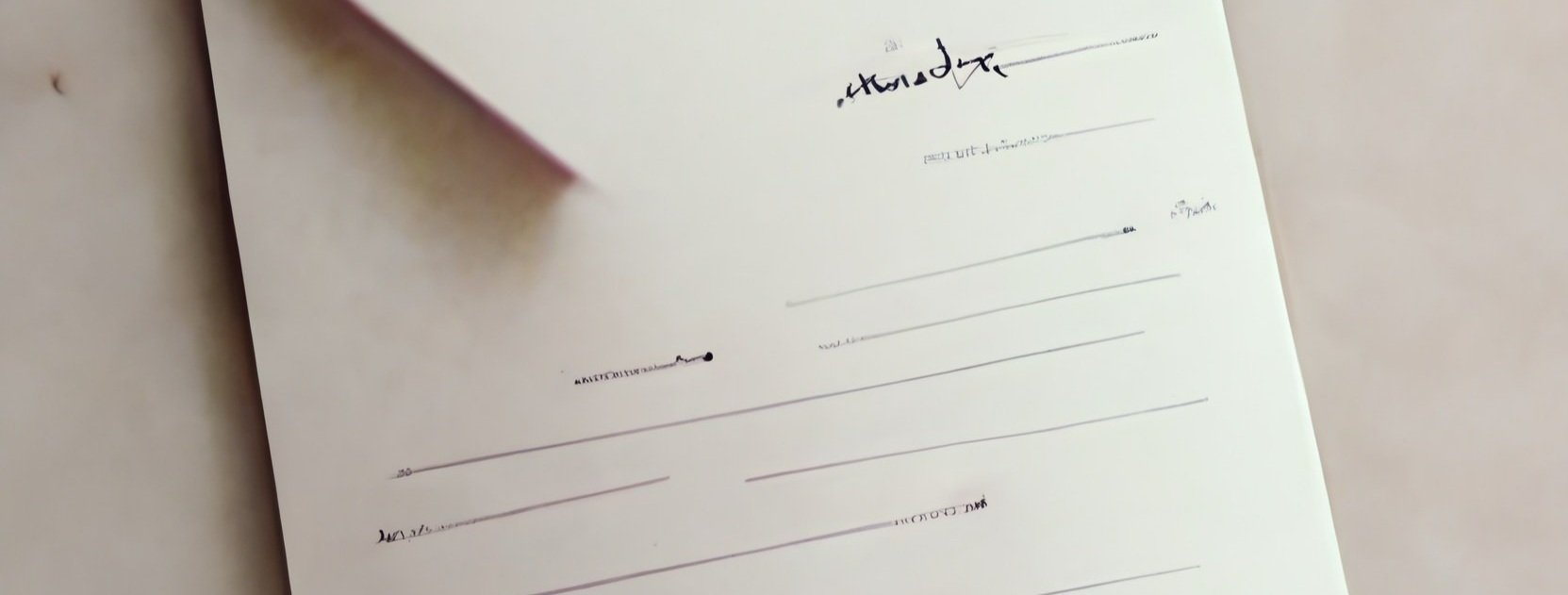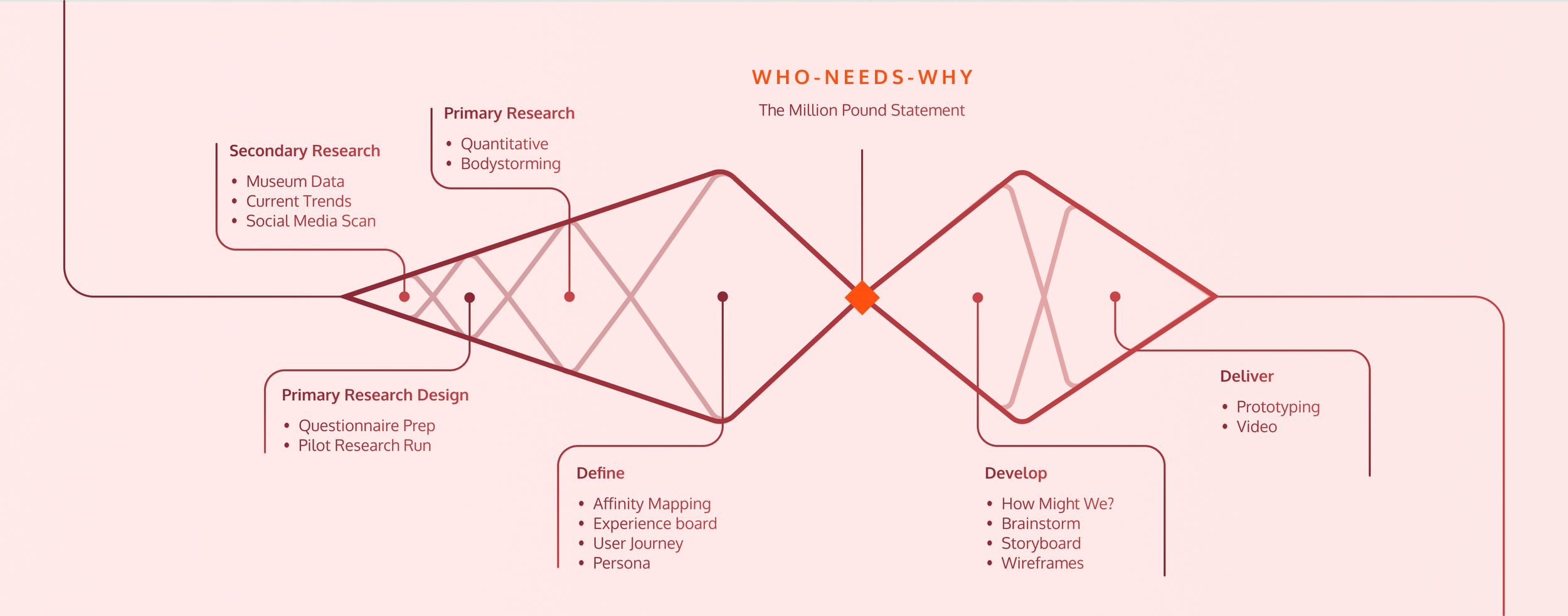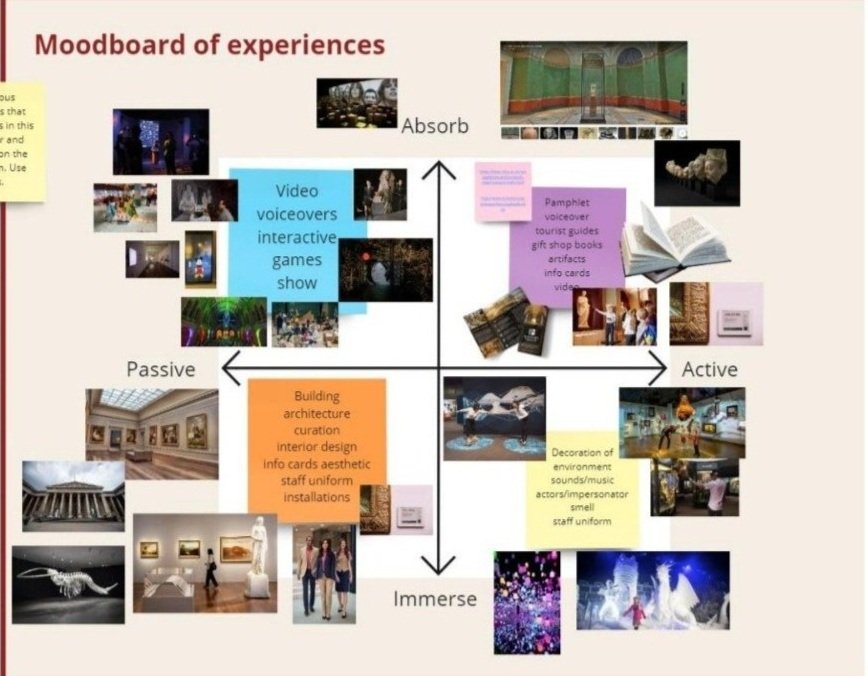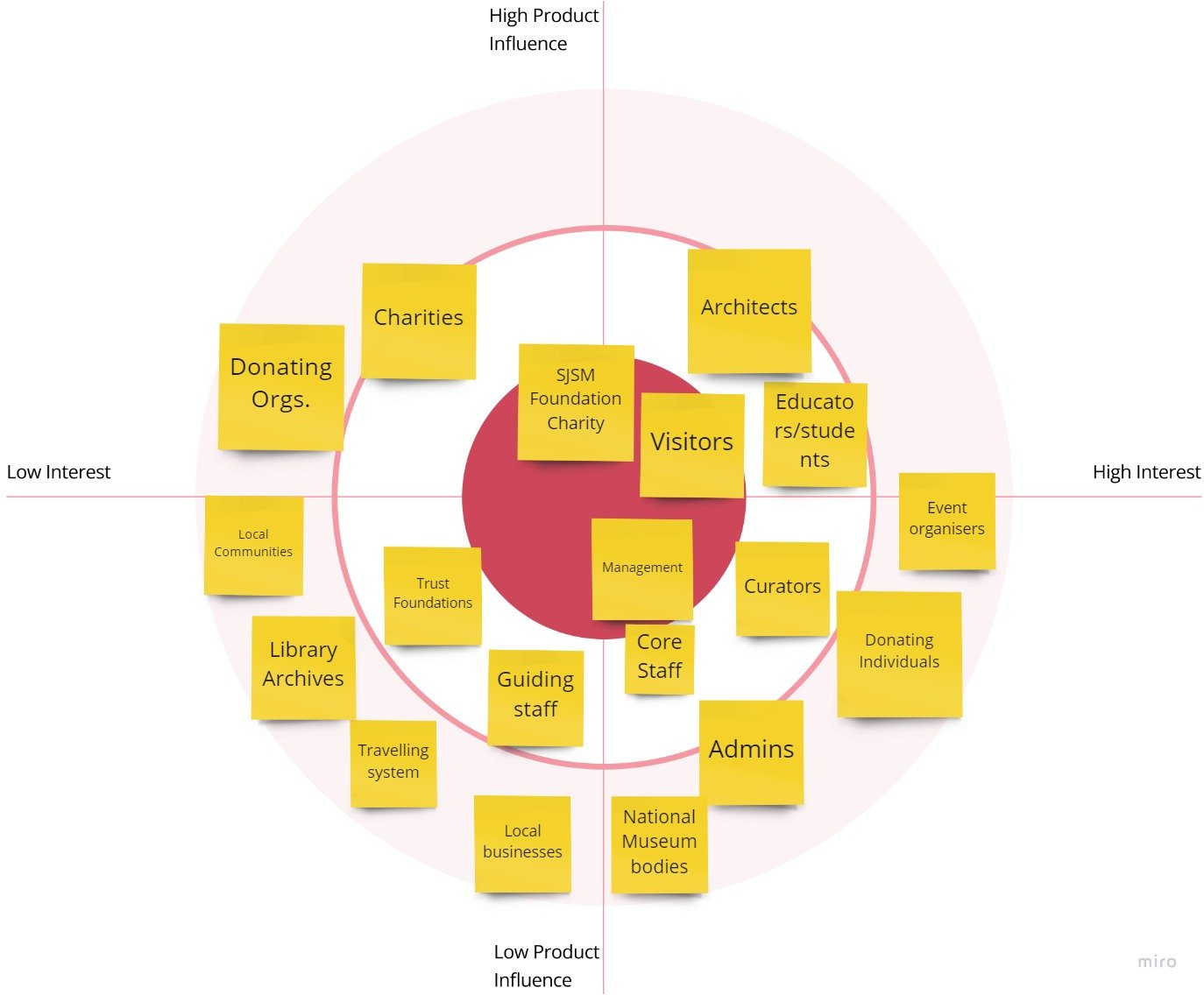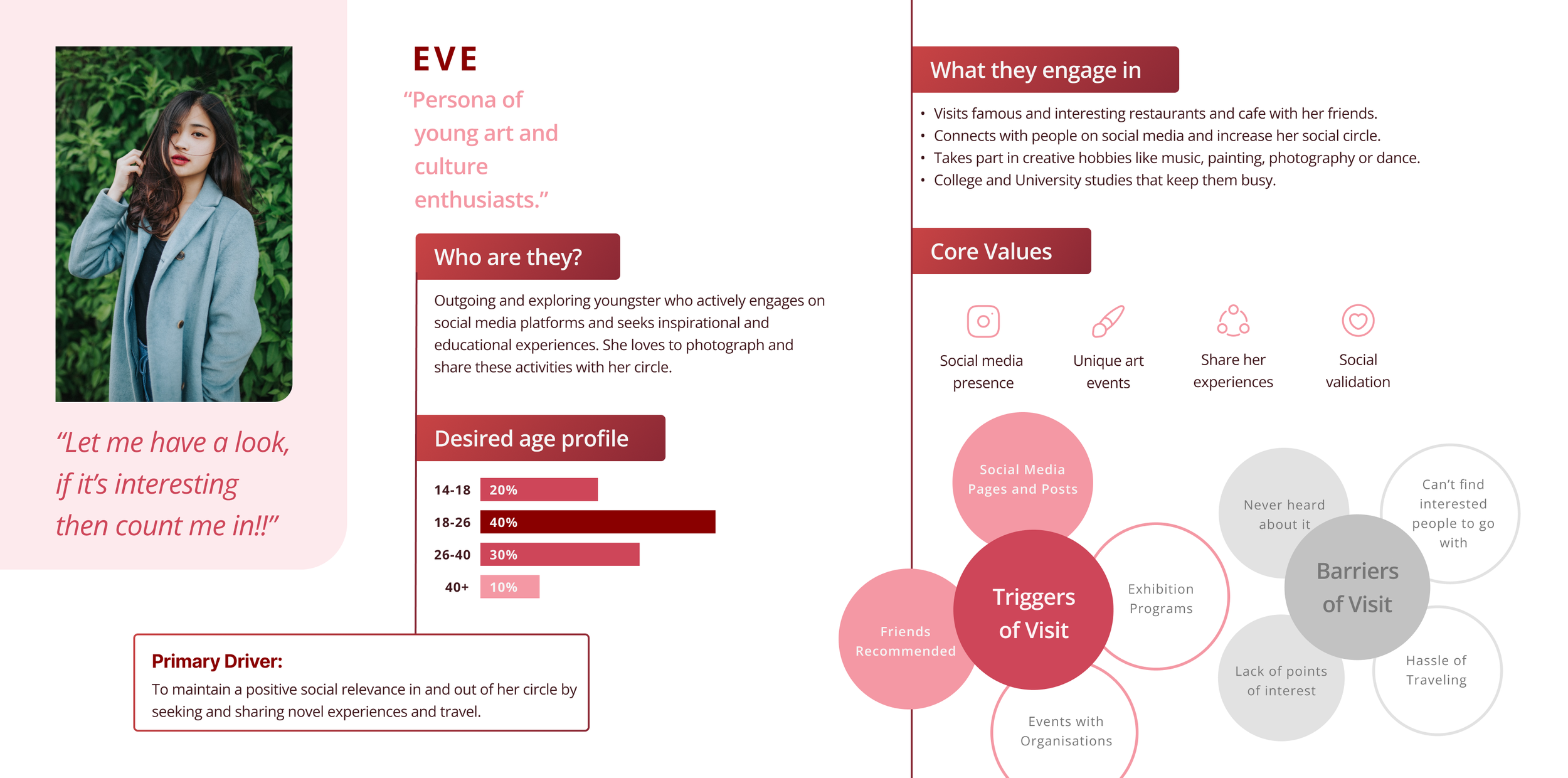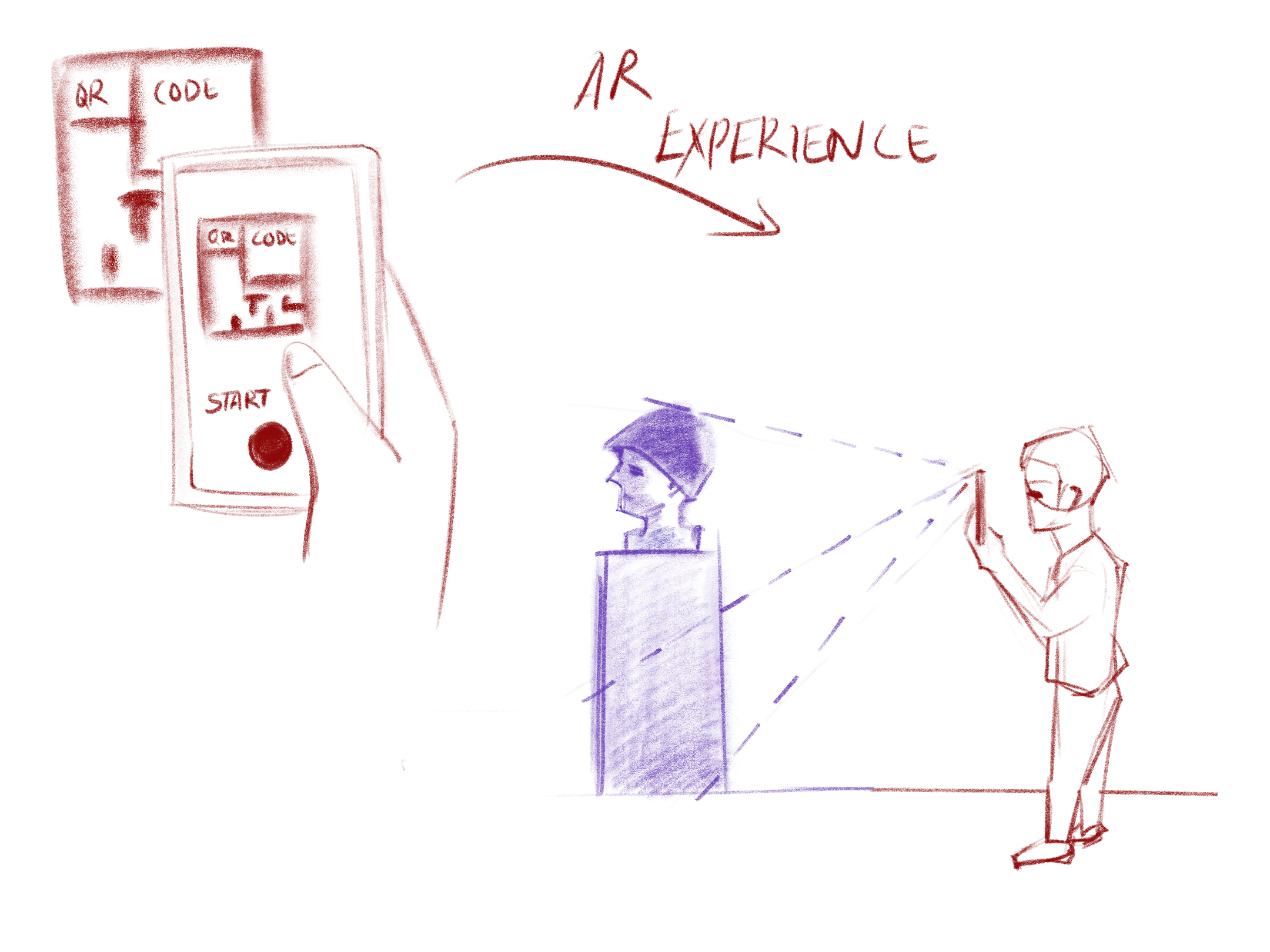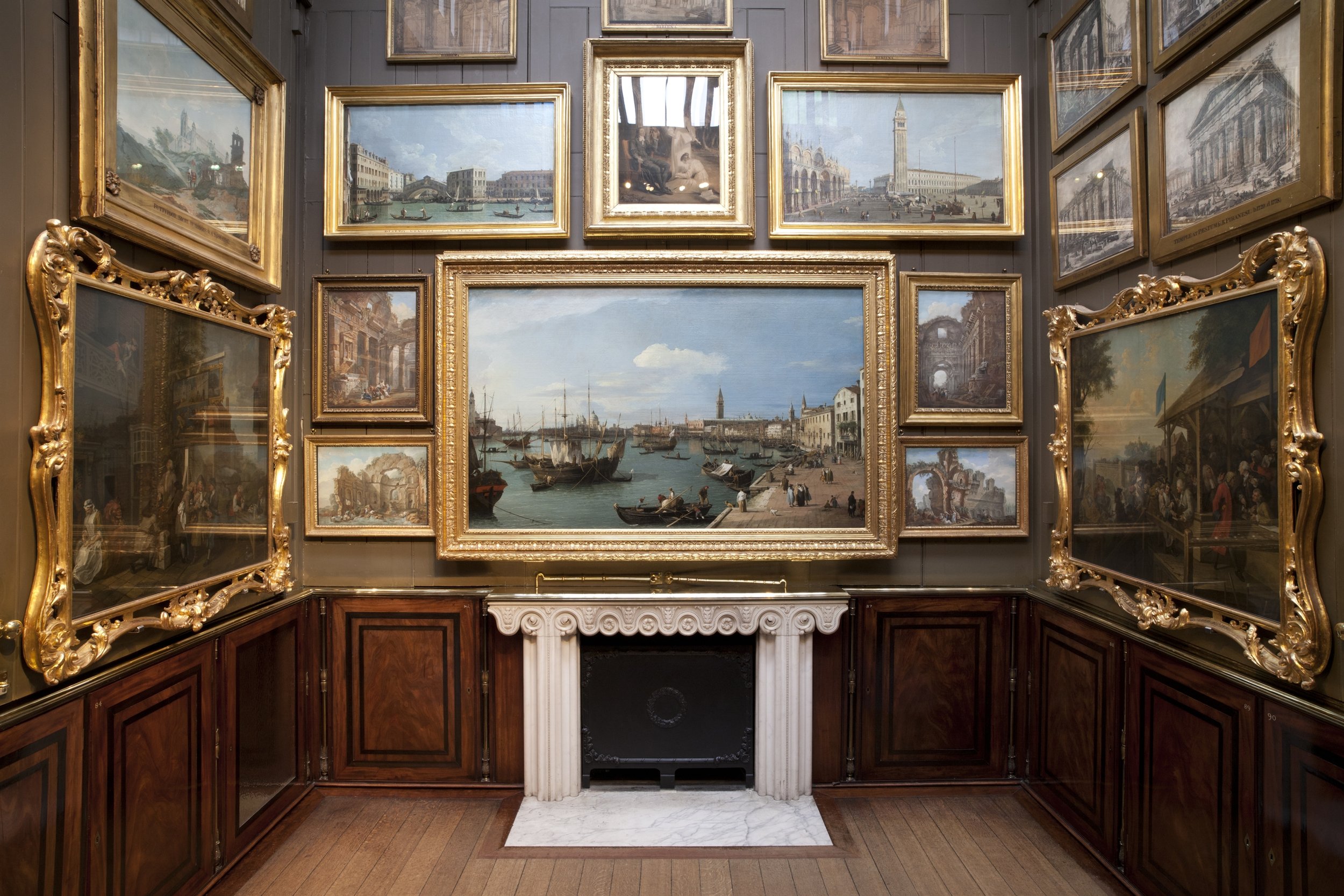
Sir John Soane’s Museum
Experience 19th century untainted by urban hands.
Read in: 7 mins
Overview:
A museum constructed in London by the architect Sir John Soane in the 19th century, offers a unique opportunity to dive 130+ years into the past to the visitors. Maintained mostly by public charity, it is currently seeing a decline in footfall and organic awareness. Taking on this challenge pushed me to enhance my skills as a researcher, experience designer and design consultant to deliver recommendations.
Team
4 Individuals
Role
Team Lead, Researcher, Service Designer
Miro, UX mapping tools,
Adobe After Effects, Pen & Paper, Figma
Timeline
3 weeks
Tools
Objective:
Increase footfall and income in order to educate and inspire the youth in art and historical architecture.
The museum suffers from lack of organic awareness in youth and the inability to monetize itself due to free entry on request of Sir John Soane himself. The museum needs a service that can be monetised upon for maintainence and upkeep.
Business Challenge:
Physical Constraints:
The museum passages are narrow and constricted allowing very limited and careful physical movement.
Some places are dark with low visibility during different times of day, limiting visual aids.
Visibly physical changes cannot be made in the museum due to John Soane’s own wishes to keep his home as it is.
Kick off with Design Thinking
We start with understanding the current scenario the museum is in. It’s goals, objectives, business strategy, current trends etc.
Research
Experience Moodboard :
Pine and Gilmore’s moodboard of experiences to define the current experience of the museum which turns out to be educational, where the visitors are actively participating in the creation of experience and only visually absorbing it.
Trends:
The museum’s footfall has not increased considerably as compared to similar organisations. It sees a trend of sudden spike of visitors for a year and stagnation for next 3-4 years. This is due ocassional events they host but it doesn’t translate towards longetivity of their service.
Current Strategy:
The Museum provides free entry to the visitors as that was how Sir John Soane intended his museum to be utilised, a monument of inspiration and education for future architects and art enthusiasts. The museum relies on school visits, souvenirs, workshops and events for other organisations as a source of income. Due to this a large section of visitors cannot be capitalised on.
Stakeholder Mapping
Goal Directed Persona
User Journey Mapping
Socially active youngsters need to find and access unique, nobel experiences because they want to share and validate their experience through their influence on social platforms.
POV Statement
Ideation
Idea #2
Introduce VR tech which can be accessed through the VR glasses provided to the visitors to view the museum in it’s true glory. This would imply visitors can see the dog running, potatoes cooking, Sir John Soane sipping tea etc.
Pros:
- Most immersive form of media.
- Clarity of artifacts and visualisation of their daily use.
- Doesn’t require changes in museum layout.
Cons:
- Expensive technology to implement and maintain.
- Such visual stimulation could startle people, as the museum has confined spaces and strict policy about not touching anything (seriously very strict, can’t touch the walls as well), this could create unforeseen physical reactions from visitors, potentially damaging the surroundings. (BIG RED FLAG!)
Idea #1
An AR experience that delivers information and scenarios of the museum, it would show the routine of John Soane and other actors of that era playing out in real time through the user’s device.
Cons:
- Seeing it through a hand held device takes away from an immersive experience.
- This experience could lead to sudden movements of visitors which could be harmful for the museum interiors considering the narrow spaces.
- Other moving visitors will induce difficulty in integrating the AR experience.
Idea #3 (The Chosen One!)
Introduce 4D surround sound technique that the user can experience through a pair of earphones. By installing sensors and transmitters in invisible areas, it is possible to create a 3D sound map of the room which will respond to the position of the visitor within that room, this can be built upon an indoor positioning system. The visitor will be able to listen to the sounds of prominent artifacts when he approaches them while losing the sound of distant artifacts.
The idea utilizes Indoor positioning systems (IPS) which communicates with museum webapp to relay the immersive experience through the earphones to the users. The platform must also be able to share this experience on social media for organic growth of awareness.
Pros:
- Multi-modal experience makes it more immersive and memorable.
- Visitors can look and hear at the same time, allowing for sensory resonance.
- Provides information in the form of audio guide.
- Doesn’t require visible changes in the museum.
Cons:
- Installation of a new system
Simple and straightforward user flow with two key considerations:
The user should not be pulled away from the immersive experience due to a digital platform.
Allow users the freedom to share this experience to their circle easily.
Information Architecture
Login Section:
Keep the landing screen as Login even though most of the users will be new, to reinforce that this webapp may be revisited multiple times in the future for it’s services.
Surround sound Experience:
The user has the choice to pay for 4D sound experience (4DSX) or have a passive app screen with only information about the artefacts.
The 4DSX will relay surrounding sounds with the help of indoor positioning system (IPS) and also short information about the artefact the user is approaching.
Soane website for additional information outside of the service.
Direct login with google/similar accounts.
The user will have their unique sound imprint in relation to their own route and time inside the museum, this sound imprint can be recorded and shared on other platforms.
The users can also take photos with artefacts which will be used to create highlights by this platform for sharing.
Menu (post visit engagement):
This houses features like shop, gallery and user account.
Shop is a primary way of ordering collectibles and souvenirs, even when user has left the museum.
Gallery houses and saves all the visit experiences, audio, video etc.
Gallery also creates a story/highlight section to compensate for the lack of video taking allowances within the museum.
User is able to download or share the experiences directly to their social media through the gallery options.
Wireframes for Key Designs
Visual Designs
Immersive Experience Video Prototype
As videography of the museum is not allowed, we were able to stitch together various images of rooms and artifacts in a video with various sounds of 17th century artifacts. The video is a prototype of POV of the visitor and their experience of the new system (relevant with headphones only).
Business Model
A unique and novel experience which is more immersive and honest with the history.
Visitors of Sir John Soane’s Museum will now better understand the context and articles that are a century old.
Get inspired by ideas, events, and articles in an engagging format unlike before.
For Visitors
Impact?
For Museum
A new way to monetise the space of Sir John Soane’s Museum.
An immersive and memorable experience brings organic awareness through social media or word of mouth.
Increased footfall, allowing for increased income sources and maintainence resources.
This project was very rewarding for me as a designer as well as team lead.
As a Designer I was able to enjoy the process of getting there (picturing the museum in different angles while not looking stupid… is an art to say the least!).
I also had to push myself towards learning Adobe After Effects to create the prototype video as well as learning Sound Engineering to create the 4D audio effects.
Learnings!
Working in a multicultural team allowed me to appreciate the different perspectives we get on the table. Being able to communicate ideas accurately and support each other with individual challenges, despite the linguistic chaos, put a permanent smile on my face whenever I think about this project.
Thank You!
For staying with me so far and being patient!
Design Research | Innovation | Service Design | Sustainability
Reduce and reverse the effects of youth migration in a desert plagued oasis county.
